This global pandemic is a time like none other you, or anyone living now, has ever experienced. You may be feeling lost, fearful, or like you’re completely unraveling. Grasping for a better feeling thought or trying to focus on the positive aspects of your life may feel well beyond your reach. But what if there was a way to connect into your intuition and calibrate to a center point that provides some ease and turn-by-turn directions, even as the outward world appears to be coming apart at the seams?
Connecting into intuition is something that anyone can do. It takes practice and patience when you first start out, but the pay-off is worth the time. And time is what many of us have right now.
WHERE DO YOU START?
Did you know that your body is a fine-tuned antenna and provides the easiest access to connect to your intuition? Often, information comes to you, whether you are conscious of it or not, through senses and feelings. You’ve probably heard, or even said yourself, “I just had a gut feeling.” This is your intuition in action.
To consistently tune into this incoming information, one must be aligned more intentionally in connection to the body. This way, it becomes easier to sense the information, signs, and synchronicities that are always around. With the hustle and bustle of daily life, awareness of the body and its needs are often ignored or overlooked. To form this deeper connection, you must learn to acknowledge your physical vehicle and nurture it with food, respite, movement, and play. Without these things, the connection to your intuition can be distorted and difficult to decipher.
The reality is that many acknowledge the body only when it is feeling pain or discomfort. Societal conditioning has led to the overarching belief that taking care of the body has less importance than striving, driving, succeeding and creating. It’s go, go, go all day long, from the moment feet hit the floor. Connecting to intuition requires presence and awareness of the physical framework. It requires time to get quiet, reflect, and most importantly, time to honor this magical apparatus.
WHAT DO EMOTIONS HAVE TO DO WITH IT?
The other way that disconnection from the body occurs is from an emotional standpoint. It’s commonplace to believe that there are “good” and “bad” feelings and that these feelings directly correlate to the beliefs one holds about themselves. To feel better, our tendency is to push away and not endure the heavier, “bad” feelings. Sometimes this is done through avoidance, numbing or choosing to bypass feelings all together. Perhaps you have a long history of not being “allowed” to feel. Maybe it wasn’t safe in your family of origin, or you were bullied because we were “too sensitive.” Whatever the circumstances that cause the disconnection, since intuition is sensed first through feelings in the physical body, choosing not to feel, even certain ranges of emotions, will clog up the receiver.
WHAT CAN YOU DO NOW?
The good news is that there are a few simple things that you can do, right now, to start to re-connect to your physical and emotional body in a thoughtful and intentional way.
1. GROUNDING YOURSELF
One of the easiest ways to bring yourself back into your body is through a simple grounding practice.
- Take a few minutes in the morning, and breathe – five to seven deep in and out breaths create awareness within your body
- Connect your feet to the floor, as you roll out of bed – this provides the opportunity for you to ground into and prepare for the day ahead, in partnership with your body
- Commit to doing this every day
This doesn’t require you to participate in a long morning practice, but one that is intentional. Making this deepening connection a priority every morning, through this body awareness, helps to jump-start the process of returning to your body.
And when you are physically connected into your body, it creates space for you to do the deeper work of emotionally connecting to your soul.
2. TAKING EMOTIONAL INVENTORY
The Center for Nonviolent Communication (CNVC) teaches the importance of connecting to and identifying our emotions. Their mission is to facilitate peaceful conflict resolution and this applies to resolving internal conflict as well. This process encourages exploring feelings, naming them and sharing those feelings with others, as appropriate. By providing a list of both words that have good feelings and difficult feeling words, one can not only tap into what they are feeling but also connect with the words that best describe the emotional state in that moment.
Here’s how you can use this process to take an emotional inventory.
-
- Take a few moments to ground and contemplate your experience in this moment
- Draw a line down the center of a piece of notebook paper, or in your journal
- On one side of the line identify good feelings and on the other difficult ones (using the Feeling Inventory from CNVC, if that is helpful)
- Flip the page over and draw a large circle, imagining this to be a large dining table. Notice that there is no head of the table and no assigned seating.
- Allow yourself to “seat” each of the emotions from your list around the table, intermixing all emotions.
Can you see how important it is to allow all your feelings to be present? Just like any dinner party, all have been invited and have a place at the table.
IT JUST TAKES PRACTICE
When you can be both physically and emotionally connected, you are in closer alignment with Source. And it’s from this point that you can begin to experiment and acknowledge how information comes in through your body antenna. The more you practice coming into this alignment, the easier it will be to begin to recognize and interpret how intuition speaks to you. Practice opens the door for you to explore this connection and use it as your personal internal GPS.



